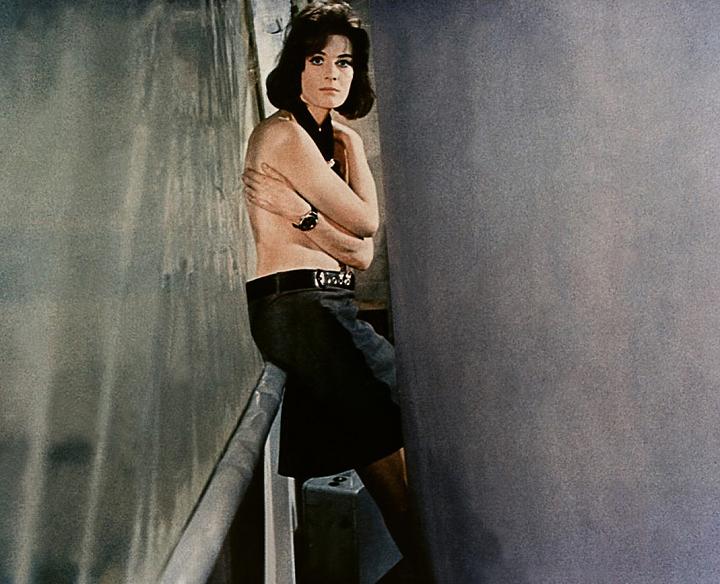This weekend at the Strand, students and visiting parents will have the chance to become immersed in the rubble of post-war Vienna and the vibrant colors of 1960s London’s mod culture, as seen through images in two of the 20th century’s greatest films—”The Third Man” and “Blow-Up.” Unfortunately, many students may not have even heard of these films.
“The number of films people know about is definitely shrinking,” said Theresa Geller, English. Geller helped to organize the Cultural Films event for Parents’ Weekend, along with the office of Community Enhancement & Engagement.
Geller got the idea for the event—which also took place during last year’s Parents’ Weekend—after talking to parents of her tutorial students. Many parents told her they remembered the films they saw in college better than their classes. These were not just any Hollywood movies, though—they were art-house films directed by some of the world’s most influential directors, like Antonioni, Bergman, Godard and other avant-garde filmmakers. According to Geller, many of these names are alien to college students today, even if their parents cherish them. She hopes that this weekend’s event will bring students and parents together in the “shared culture of film.”
These films promise to do the job.
“They’re visually stunning,” Geller said. “[They] make you question what constitutes reality.”
“The Third Man,” released in 1949 and based on a screenplay by Graham Greene, tells the story of the mysterious death of the friend an American writer in Vienna. Its gripping plot is enhanced by dazzling high-contrast black and white lighting, and an unforgettable soundtrack. It also features a biting improvised monologue by Orson Welles, delivered on a Ferris wheel—one of cinema’s most famous scenes.

“Blow Up,” directed by Michelangelo Antonioni, is a much more colorful film, but also starker. David Hemmings plays a young fashion photographer who may or may not have taken pictures of a murder. Antonioni’s images give the movie its disturbing power—flashy models, mysterious mimes and a park of overwhelming green all remain branded on the mind long after viewing the film. Antonioni takes what could have been a conventional murder mystery and turns it into a simmering, ambiguous study of the power of images.
Another reason to see these films is that they will be shown on the big screen, perhaps for the first time in many years here. Parents and students will be able to see them “in their full glory,” according to Geller, who explained that the big screen will allow the films’ highly visual characters to shine through.
Because of the waning influence of 20th century avant-garde films as the 21st century moves forward, Geller hopes to expand the program, showing classic films regularly at the Harris cinema. She pointed out that these films have had a huge influence on many famous contemporary directors—Tarantino and Scorsese “know them back and forth,” she said. And because of cinema’s overarching influence on popular culture, Geller thinks movies are a great way to bring different generations together.
“Everyone has an interest in film,” she said.




























































